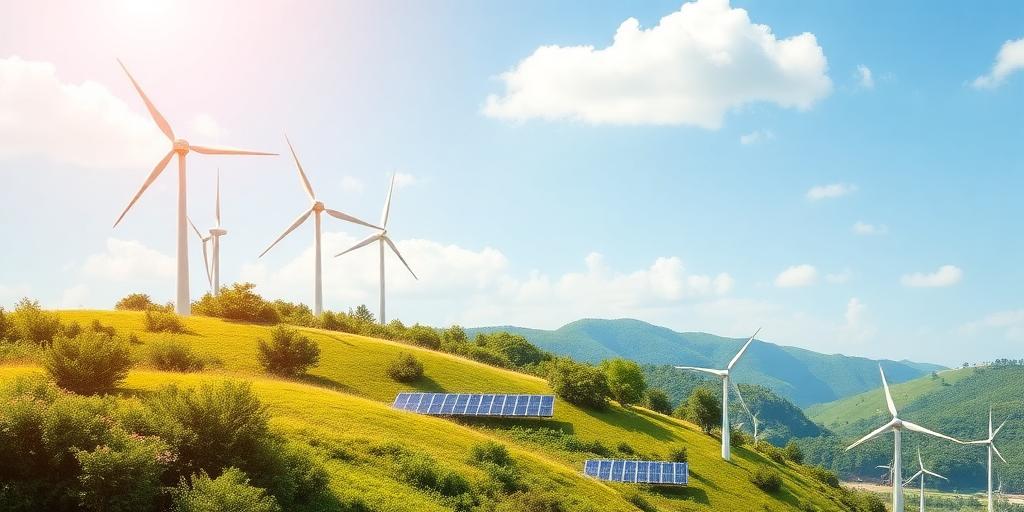The Role of Tech in Combating Climate Change
Climate change is one of the most pressing issues facing humanity today. The increasing global temperatures, rising sea levels, and more frequent extreme weather events are all evidence of the profound impact we are having on our planet. While the challenges are daunting, technology offers powerful tools and solutions to mitigate and adapt to these changes.
Renewable Energy Technologies
One of the most significant ways technology is helping combat climate change is through the development and deployment of renewable energy technologies. Solar, wind, hydro, and geothermal energy sources are becoming increasingly efficient and cost-effective. Technological advancements in energy storage, such as batteries and pumped hydro, are also crucial for ensuring a reliable supply of renewable energy. Smart grids, enabled by advanced sensors and data analytics, optimize energy distribution and reduce waste.
Precision Agriculture
Agriculture is a major contributor to greenhouse gas emissions, but technology is transforming farming practices to be more sustainable. Precision agriculture uses sensors, GPS, and data analytics to optimize irrigation, fertilization, and pest control. This reduces water usage, minimizes the application of chemicals, and improves crop yields. Vertical farming, which involves growing crops in stacked layers in controlled environments, further reduces land usage and water consumption.
Carbon Capture and Storage
Carbon capture and storage (CCS) technologies aim to capture carbon dioxide emissions from industrial sources and store them underground, preventing them from entering the atmosphere. While still in the early stages of development, CCS has the potential to significantly reduce emissions from power plants, cement factories, and other heavy industries. Direct air capture (DAC) technologies, which remove CO2 directly from the atmosphere, are also gaining attention as a potential solution.
Sustainable Transportation
The transportation sector is a major source of greenhouse gas emissions, but electric vehicles (EVs) are rapidly becoming a viable alternative to gasoline-powered cars. Technological advancements in battery technology, charging infrastructure, and autonomous driving are accelerating the adoption of EVs. In addition, ride-sharing services and public transportation systems are becoming more efficient and convenient thanks to mobile apps and data analytics.
Monitoring and Data Analytics
Satellite imagery, remote sensing, and data analytics are providing invaluable insights into the health of our planet. These technologies allow us to monitor deforestation, track greenhouse gas emissions, and assess the impact of climate change on ecosystems. With this information, policymakers and businesses can make more informed decisions about how to address climate change.
Conclusion
Technology plays a crucial role in combating climate change. From renewable energy to sustainable agriculture to carbon capture, technology offers a wide range of solutions to mitigate and adapt to the effects of climate change. While technology alone cannot solve the problem, it is an essential tool in creating a more sustainable future. Continued innovation and investment in these technologies are crucial to achieving our climate goals and preserving our planet for future generations.









